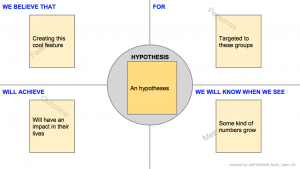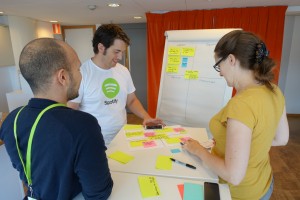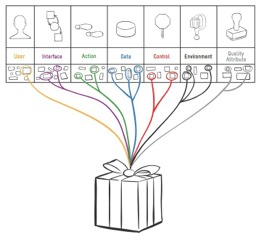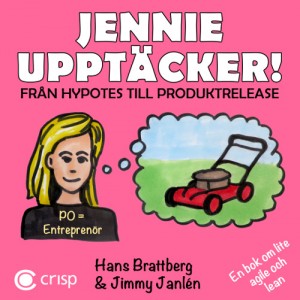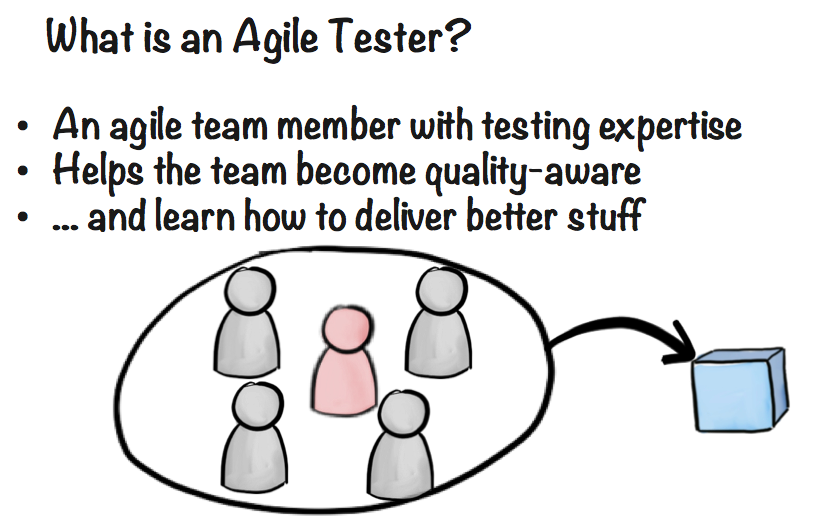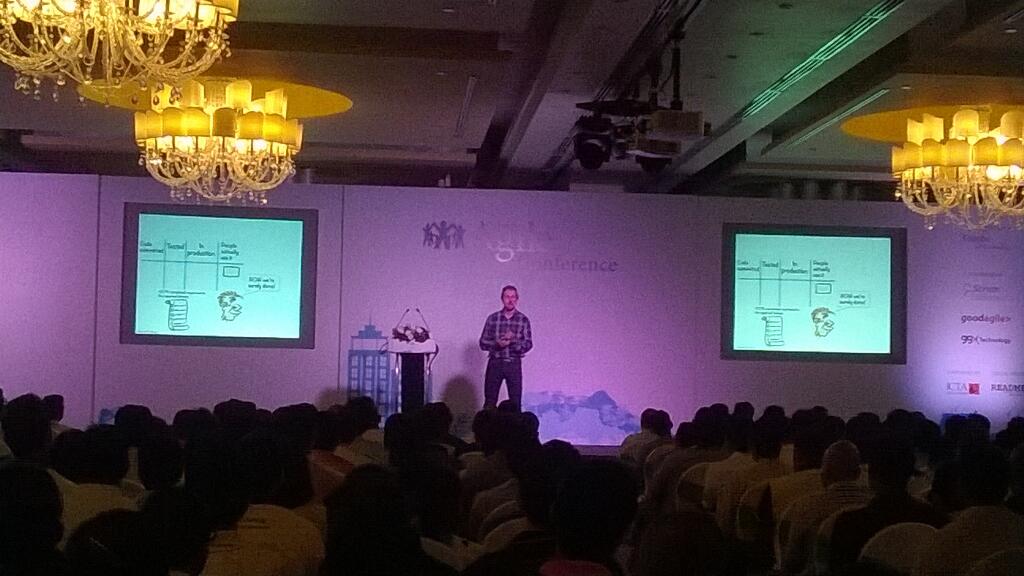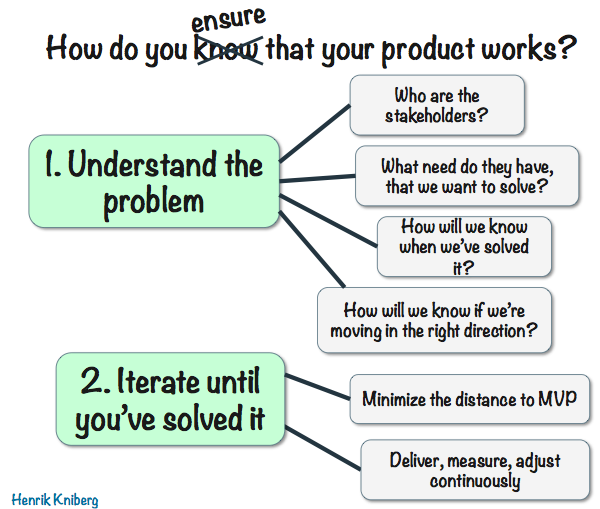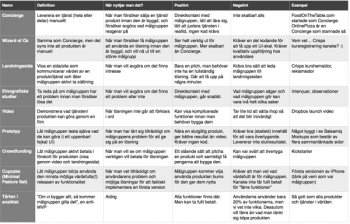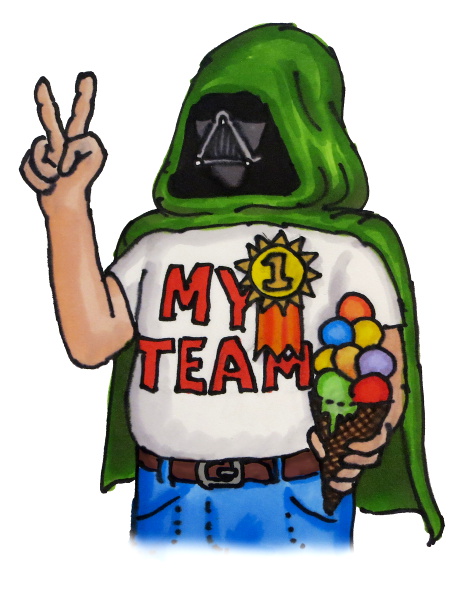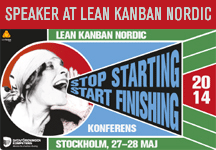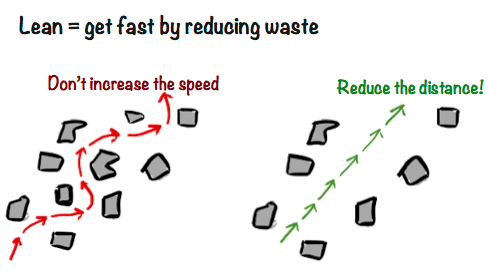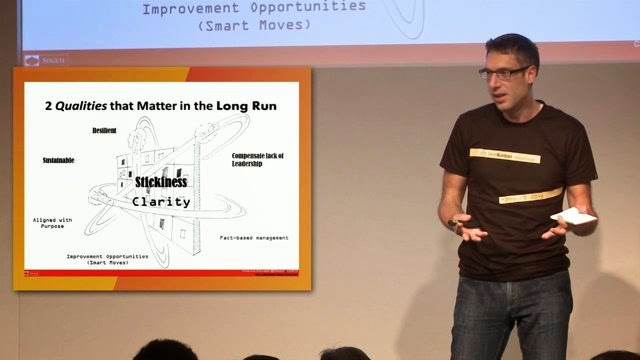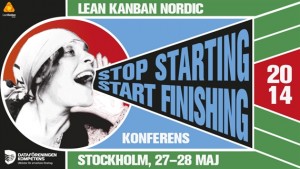(this post will be in Swedish since it is a response to Swedish legislation describing how to sell and buy software. If you still are interested, Google Translate is your best friend 🙂
LOU – Lagen om offentlig upphandling är fröet till många katastrofer för statliga och kommunala mjukvaruprojekt. Tänkt som ett verktyg för att hushålla väl med statliga medel, genom att konkurrensutsätta erbjudanden bidrar LOU tyvärr till att skapa dåliga förutsättningar för att lyckas med mjukvara.
Det knasiga med LOU är de felaktiga incitamenten: Om vi antar att de funktioner som är användbara är relativt okända i ett tidigt stadium av projektet så är default practice vid användandet av LOU att funktionerna skall specas i början och sedan skall billigast leverantör väljas. Det vanligaste sättet att jämföra leverantörer är att skapa en lång lista av den sammanlagda funktionaliten i deras produkter och sedan låta dem bjuda på minsta kostnad. Inte oväntat kommer vinnande leverantör efter kontraktet’s inskrivande att snabbt flytta på senior kompetens ur projektet till fördel för junior och vips befinner både kunden och leverantören i en långsam dödsdans där kundens användare blir förlorarna.
LOU innehåller dock ett antal möjligheter som du som upphandlare kan nyttja smart.


